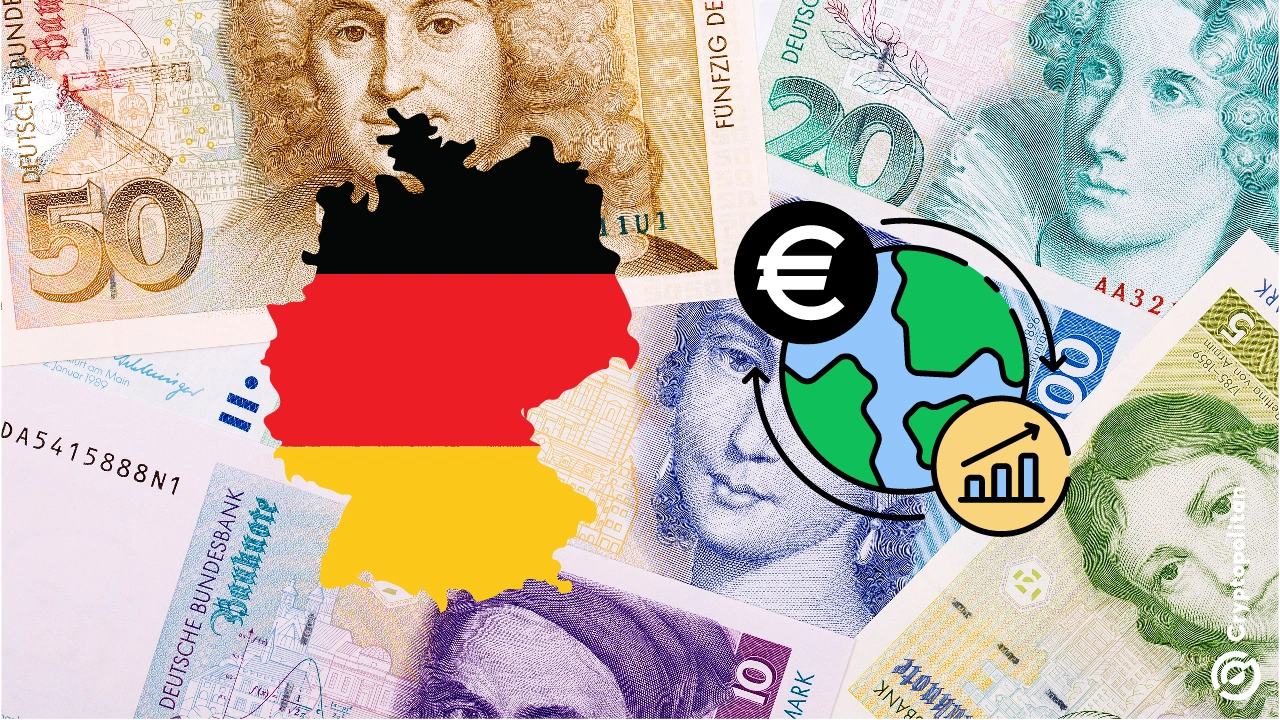
Germany’s economy is dragging the entire Eurozone into the mud, and it’s not even trying to climb out. The so-called engine of Europe has stalled, sputtered, and now threatens to collapse altogether. Five years of stagnation have left the country’s economy 5% behind expectations.
Business leaders are screaming for solutions. Everyday people are feeling the pinch, losing about €2,500 ($2,600) annually in real income. But politicians? They’re still stuck, fiddling while Berlin burns.
The problems are deeply rooted structural issues that Germany seems incapable of fixing. Cheap Russian energy? Gone. Iconic automakers like Volkswagen and Mercedes-Benz? Scrambling to keep up with China. Manufacturing, Germany’s pride and joy, is hemorrhaging jobs.
Exports have flatlined, domestic investments are drying up, and social tensions are bubbling. And that’s just Germany. The economic rot is spreading across Europe, dragging the Eurozone down with it.
Germany’s manufacturing meltdown
The loss of cheap energy has crippled energy-intensive industries in Germany, forcing companies to scale back or shut down. Export levels, stuck at 2019 figures, show no signs of recovery. This year, manufacturing output dipped another 0.4%.
Automakers like Volkswagen and Mercedes-Benz, once untouchable icons of engineering, are struggling to compete with China’s fast-moving electric vehicle industry. And investment in Germany is almost non-existent now.
Companies are too spooked by uncertainty to pour money into new ventures. Equipment investments are still below pre-pandemic levels. And while overall inflation fell to 2.5% in 2024, core inflation rose to 3.0%, driven by higher costs for services and food. Energy prices dropped by 3.7%.
The labor market offers no real relief. Employment levels have risen slightly, but unemployment is creeping up too. Real disposable incomes have improved a bit, but households remain cautious. People are saving instead of spending, fearing what lies ahead. Economic uncertainty is the new normal.
Economic forecasts look bleak
Germany’s GDP is shrinking. The Bundesbank projects a 0.2% contraction in 2024, following a 0.3% drop in 2023. That’s two consecutive years of negative growth.
Growth is expected to crawl back at 0.2% in 2025, then inch up to 0.8% in 2026 and 0.9% in 2027. Even those figures feel overly optimistic given Germany’s current trajectory.
The country’s structural problems are deep and worsening. An aging population means fewer workers, while high energy costs keep hammering industries that need lots of power. Competition from China is another huge problem.
Germany’s traditional industries—especially automotive manufacturing—are losing their global edge. The government has yet to roll out any effective strategies to address these issues. Snap elections in February 2024 could bring some change, but analysts are skeptical. So don’t expect miracles.
U.S. trade policies: A new headache
If Germany’s domestic problems weren’t bad enough, trade tensions with the U.S. are adding to it. President-elect Donald Trump has vowed to impose tariffs of up to 20% on all imports into the U.S., with rates on Chinese goods climbing as high as 60%.
These policies would be the largest rise in American protectionism since the Great Depression. For Europe—and especially Germany—it’s a disaster waiting to happen.
You see, the “sick man of Europe” has a massive trade surplus with the U.S., and Trump’s tariffs would hit it hard. A Financial Times poll found that 69% of economists believe a trade war is likely, and 68% see it as the biggest threat to the Eurozone in 2025.
The fallout is already being felt. Companies are delaying investments, waiting to see how Trump’s policies unfold. Tomasz Wieladek of T. Rowe Price explains that the mere expectation of tariffs is enough to scare businesses.
On average, economists expect the Eurozone to grow by just 0.9% in 2025. That’s the third year of subpar performance, and it’s even below the European Central Bank’s December prediction of 1.1%. While most analysts agree a recession can be avoided, there’s little optimism for anything better than mediocrity.
Some analysts believe Europe has the tools to fight back. With decades of experience in trade negotiations, the EU is still one of the world’s largest trading blocs. But some warn that negotiating with Trump could backfire.
Other threats are coming from within. U.S. tax cuts, deregulation, and lower energy prices are making America a more attractive place to do business than Europe.
A Step-By-Step System To Launching Your Web3 Career and Landing High-Paying Crypto Jobs in 90 Days.










